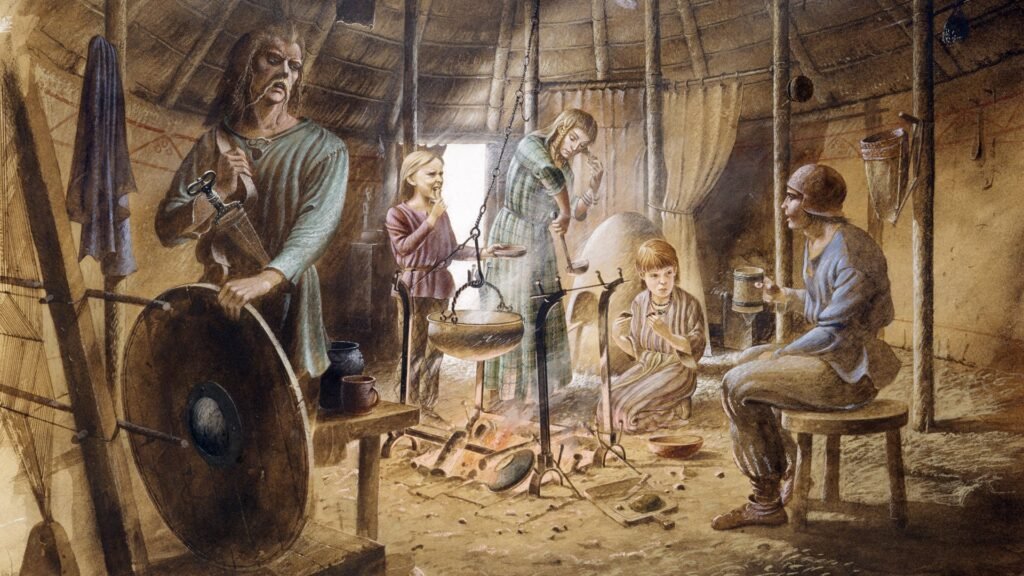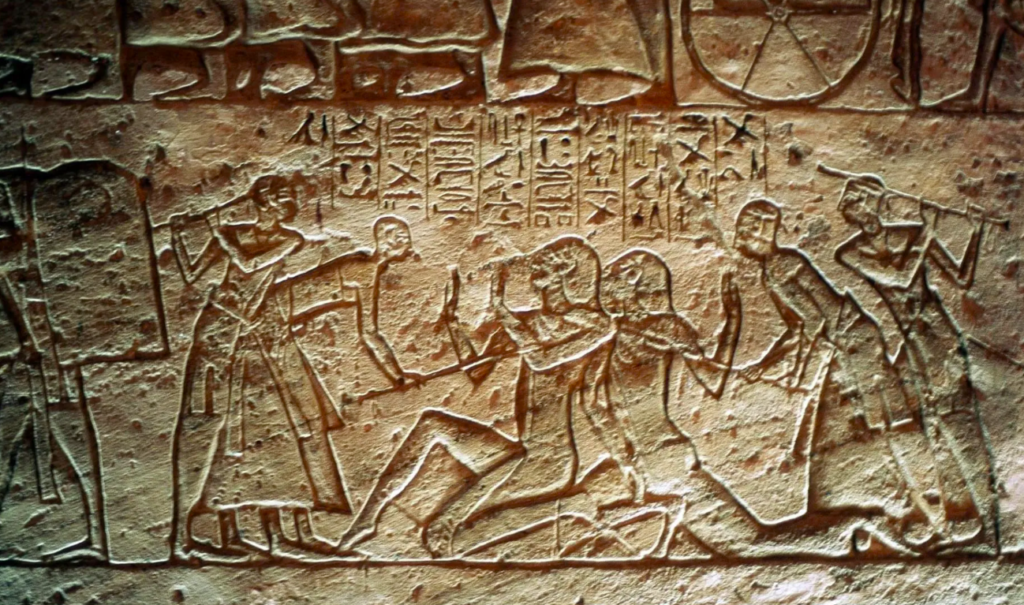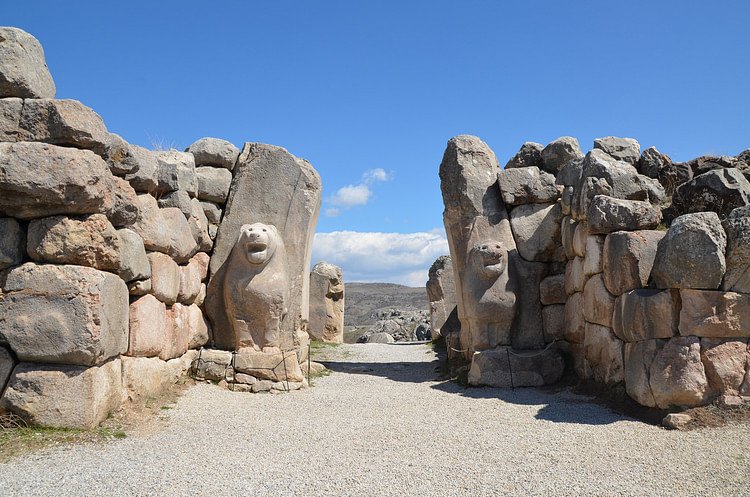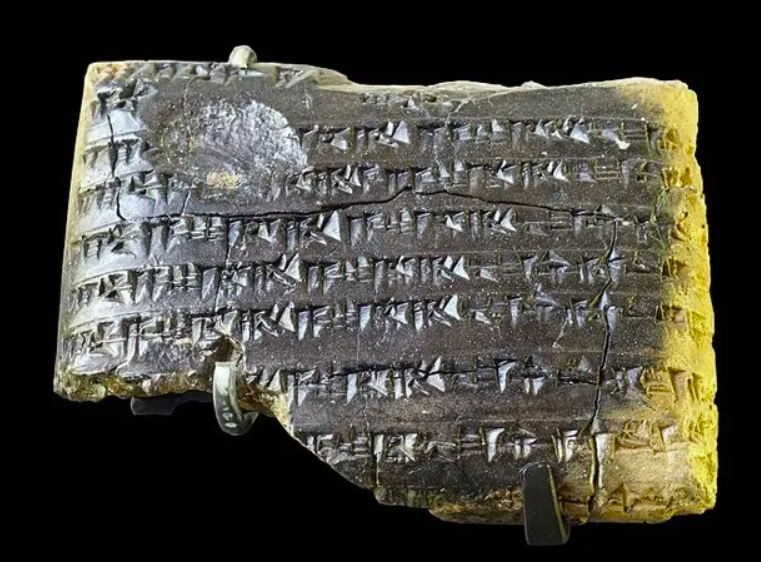The Hittite Empire, an ancient powerhouse nestled in Anatolia (modern-day Turkey), dominated the Near Eastern political and military landscape from approximately 1600 BCE to 1178 BCE. This formidable civilization was distinguished by its mastery of ironworking and sophisticated diplomatic strategies, which allowed it to establish a long-lasting empire that influenced the ancient world. This article delves into the origins, achievements, and eventual decline of the Hittite Empire, examining how it wielded iron and diplomacy to become a significant force in history.
Origins of the Hittite Empire
The Hittites emerged from the complex tapestry of ancient Anatolia, where various cultures and peoples had been thriving for centuries. Initially, the Hittites were a loosely organized group of Indo-European tribes that gradually settled and gained influence in central Anatolia. Around 1650 BCE, King Hattusili I united these disparate tribes, establishing the Hittite capital at Hattusa (modern Boğazkale in Turkey), which became the administrative and cultural center of the empire.
With its unique location between the East and the West, the Hittite Empire quickly found itself surrounded by powerful neighbors. To the south lay Egypt, to the east the Mitanni and later Assyrians, and to the west the Mycenaeans of Greece. Navigating this challenging environment required both military strength and diplomatic finesse, two areas in which the Hittites excelled.
Masters of Iron: A Technological Edge
One of the defining features of the Hittite Empire was its pioneering use of iron. While bronze was the dominant metal in the early second millennium BCE, the Hittites were among the first to master ironworking technology. They produced weapons and tools of iron that were not only stronger but also more readily available than bronze. This technological advancement provided the Hittites with a considerable military advantage over their rivals, as iron weapons were more durable and cheaper to produce.
The Hittite control over iron production became a state secret. It is believed that the Hittites limited access to ironworking knowledge, preventing other civilizations from adopting the technology until the Hittite Empire’s decline. By monopolizing iron production, the Hittites were able to maintain a powerful standing army and exert their influence over neighboring regions, especially in times of conflict.
Ironworking also had a lasting cultural impact on the Hittite Empire. Tools made from iron improved agricultural productivity and construction techniques, allowing the empire to expand its infrastructure and increase food production. This, in turn, supported a growing population and contributed to the empire’s stability and economic prosperity.
Hittite Diplomacy: The First Peace Treaty
While military prowess was essential to the Hittite Empire’s rise, diplomacy was equally critical to its survival. The Hittites developed a sophisticated system of alliances, treaties, and marriages to maintain relationships with neighboring states. This diplomacy reached its zenith with the establishment of the Treaty of Kadesh in 1259 BCE, often regarded as one of the earliest surviving peace treaties in human history.
The Treaty of Kadesh was signed between the Hittite King Hattusili III and Egyptian Pharaoh Ramesses II after the Battle of Kadesh, a monumental clash fought for control over territories in the Levant. Although both sides claimed victory, the prolonged conflict drained resources, prompting the two empires to negotiate a peace agreement. The Treaty of Kadesh is a remarkable document that outlines terms of peace, mutual defense, and even extradition of fugitives, showcasing the Hittites’ advanced diplomatic skills.
This treaty allowed both empires to focus on internal affairs and maintain stability within their regions. The Hittite-Egyptian peace also fostered trade and cultural exchange, as the two civilizations shared ideas, goods, and even gods. The Treaty of Kadesh exemplifies the Hittite Empire’s ability to combine military strength with diplomatic negotiation, creating a model for international relations that would influence later civilizations.
Religion and Culture in the Hittite Empire
The Hittite religion was a complex polytheistic belief system that integrated deities from various cultures, including those of their conquered territories. The Hittites were known to be remarkably inclusive, often assimilating the gods and goddesses of conquered people into their pantheon. Their main deity was the storm god, who symbolized power and warfare. Religious practices included intricate rituals, offerings, and even oracle consultations for military and political guidance.
Hattusa, the Hittite capital, was home to impressive temples and palaces adorned with elaborate stone carvings, some of which have survived to this day. Art and architecture flourished in the Hittite Empire, blending influences from Mesopotamia, Syria, and Egypt. The grand Lion Gate at Hattusa, with its guardian lion statues, remains an iconic symbol of the Hittite civilization’s architectural prowess.
The Hittite language, written in cuneiform script, further highlights the culture’s sophistication. The Hittites documented legal codes, treaties, and religious texts, providing historians with invaluable insights into their society. These texts reveal a well-organized bureaucracy and legal system, as well as complex rituals that underscored the Hittites’ devotion to their gods and rulers.
Decline and Legacy of the Hittite Empire
Despite its power and influence, the Hittite Empire began to weaken in the 13th century BCE. Several factors contributed to its decline, including internal strife, economic difficulties, and environmental challenges. Droughts and food shortages likely exacerbated tensions within the empire, leading to unrest and rebellion. Additionally, the rise of the Assyrians and the mysterious Sea Peoples threatened the Hittite borders.
By 1178 BCE, the Hittite Empire had fallen, its capital city of Hattusa reduced to ruins. The collapse of the Hittite Empire marked the end of the Bronze Age in Anatolia, but the Hittites’ legacy endured. They had established one of the earliest bureaucratic systems, contributed to the development of ironworking, and set a standard for diplomatic relations. The Hittites’ cultural influence extended to their successors in Anatolia and beyond, impacting subsequent civilizations in the Near East.
Rediscovery and Modern Influence
For centuries, the Hittite Empire remained a mystery, its achievements forgotten by history until the late 19th century, when European archaeologists uncovered ancient Hittite sites in Turkey. In the early 20th century, researchers deciphered Hittite cuneiform tablets, unlocking a wealth of information about this lost civilization. These discoveries have since transformed our understanding of the ancient Near East, revealing the Hittites as a powerful and influential civilization.
Today, the Hittites are remembered for their contributions to diplomacy, governance, and technology. Their achievements in ironworking paved the way for the Iron Age, a period that would transform societies across the ancient world. The Treaty of Kadesh stands as a testament to the Hittites’ diplomatic acumen, serving as an early example of how dialogue and negotiation can foster peace between rival powers.
Conclusion
The Hittite Empire, with its innovative use of iron and groundbreaking diplomatic efforts, was a force to be reckoned with in the ancient world. Through a combination of military might, cultural integration, and diplomatic skill, the Hittites carved out a lasting legacy that continues to captivate historians and archaeologists today. As the rediscovery of their civilization unfolds, we gain deeper insights into a people who not only shaped the course of ancient history but also left an indelible mark on the development of technology and international relations.







Comment here